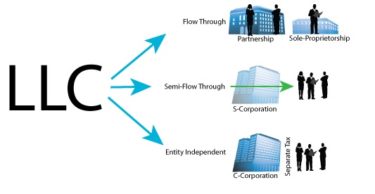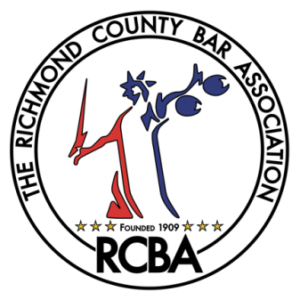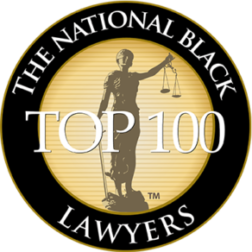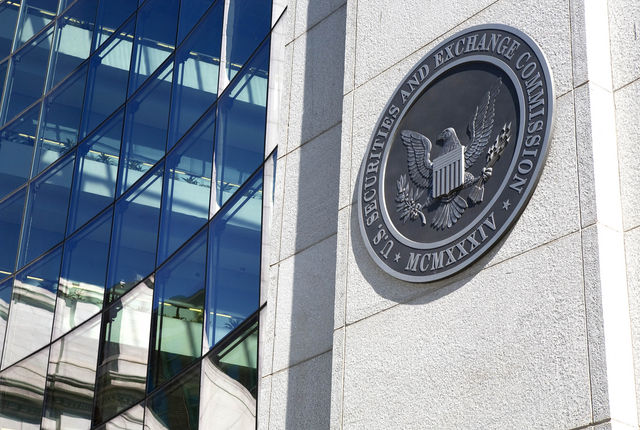
The LAW FIRM OF DAYREL SEWELL, PLLC is proud to announce that, Dayrel Sewell, Esq. has been selected for the next Oliver Scholars #40-for-40 Alumni Spotlight.The #40-for-40 Alumni Spotlight series, highlights exceptional graduates who have made significant contributions in their chosen fields. This week, Oliver Scholars chose to shine the light on Dayrel Sewell, Class of 1996, a renowned Top Litigation Attorney making waves in the legal landscape.
Mr. Sewell’s impressive career trajectory exemplifies dedication, talent, and unwavering commitment to justice. He has consistently earned recognition as a preeminent legal authority, including features on CNN and the esteemed title of Litigation Lawyer of the Year in the USA. Additionally, Mr. Sewell boasts an impressive list of accolades:
- Six-time selection by New York Super Lawyers
- Eight-time honoree of The National Black Lawyers – Top 100
- Recognized as “Superb” and a “Top Litigation Attorney” by Avvo
- Alumnus of the distinguished Innocence Project at Benjamin N. Cardozo School of Law
Beyond his legal prowess, Sewell’s journey is marked by a unique blend of academic and medical expertise. Prior to law school, he obtained an M.P.H. from Columbia University and served as a Director for medical research studies. This background undoubtedly contributes to his insightful approach to litigation.
Mr. Sewell is a shining example of what alumni of Oliver Scholars can achieve. His dedication to excellence, unwavering commitment to justice, and impressive track record solidify his position as a top litigator. His colleagues at the LAW FIRM OF DAYREL SEWELL, PLLC are incredibly proud of his accomplishments and thrilled to have the opportunity to be a part of his trusted team.
This #40-for-40 Alumni Spotlight is just one more notch for Mr. Sewell in his illustrious career and celebrates his commitment to fostering exceptional legal talent. Inspiring stories like Mr. Sewell’s continue to pave the way for future generations of litigators.









